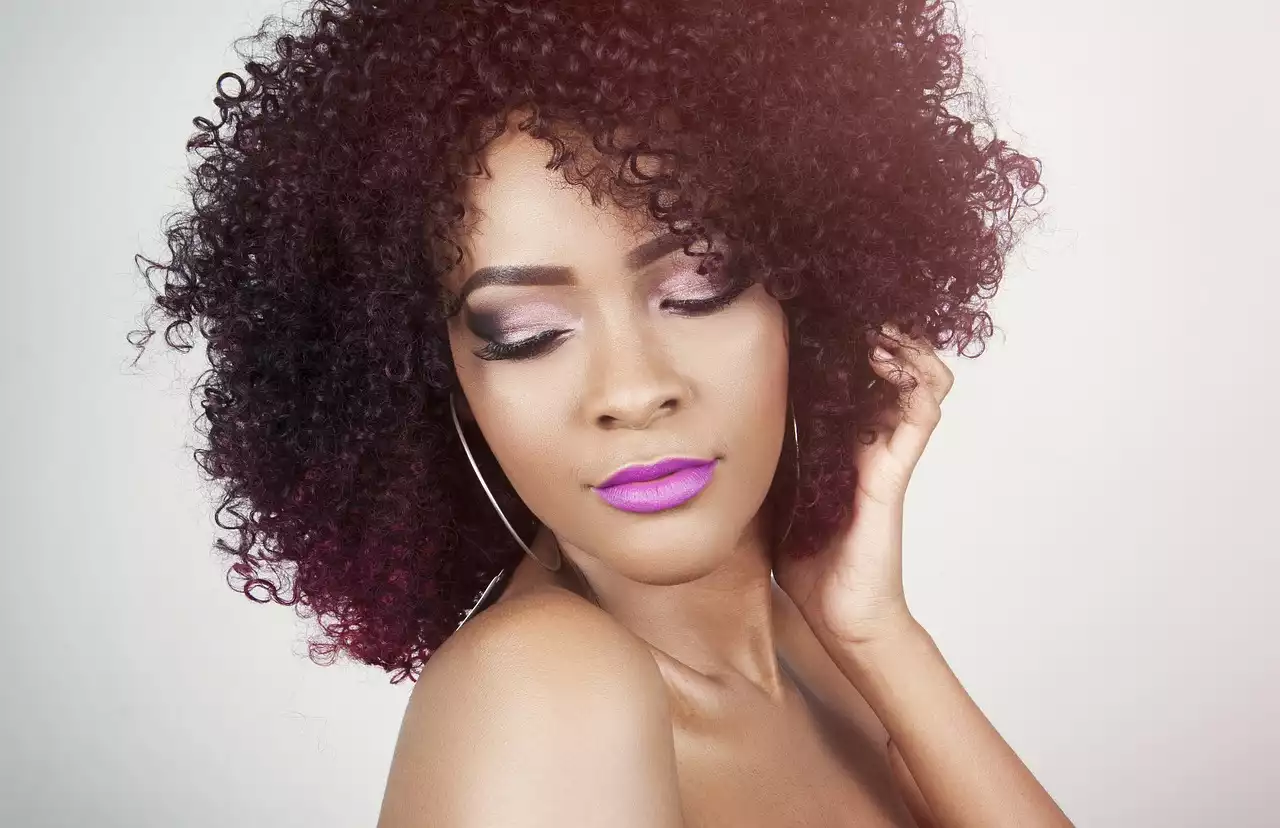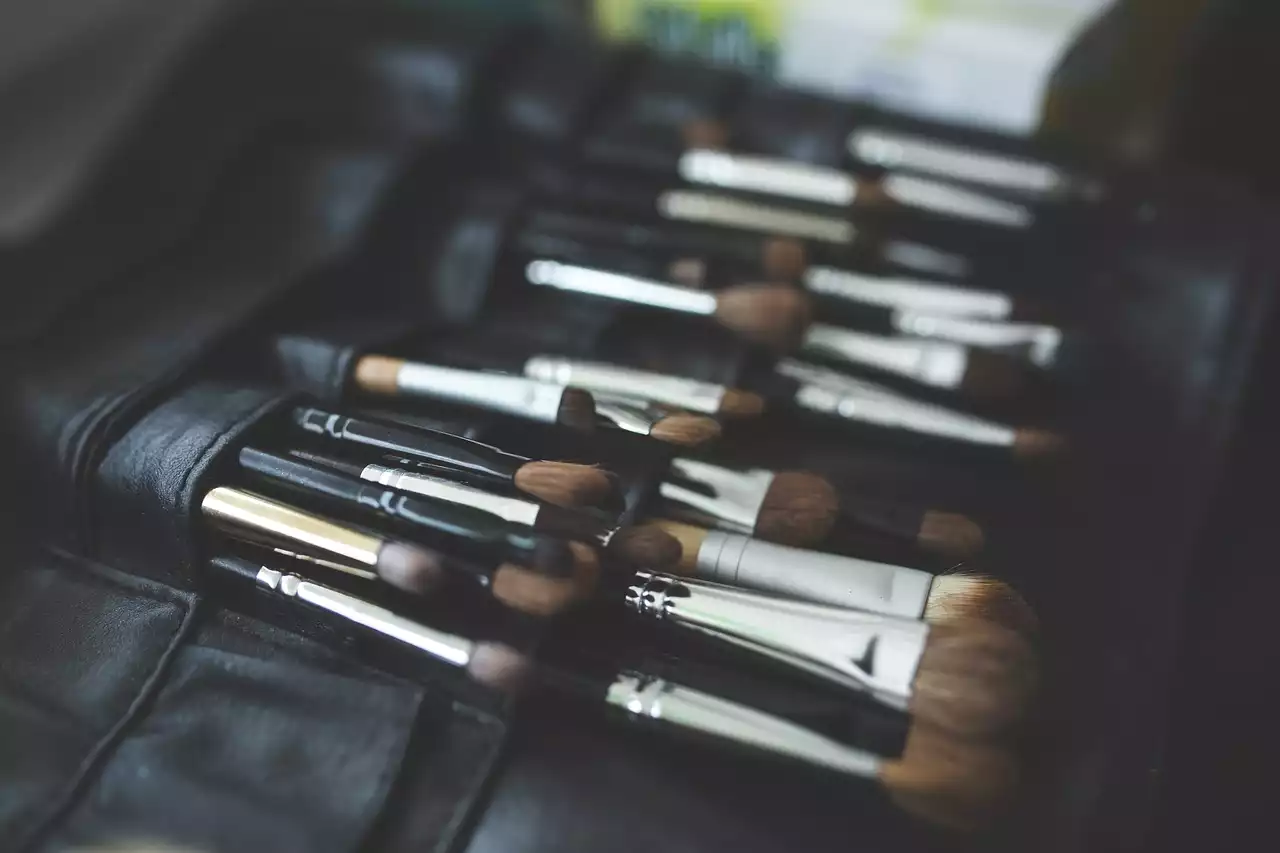Understanding Different Skin Types
Before we dive into the makeup tips and techniques for different skin types, it's essential to understand the characteristics of each skin type. There are four main skin types: oily, dry, combination, and sensitive.
- Oily skin: Oily skin produces excess sebum and appears shiny, especially in the T-zone (forehead, nose, and chin) area.
- Dry skin: Dry skin lacks natural oils and appears flaky, itchy, and dull.
- Combination skin: Combination skin is a mix of oily and dry skin, where the T-zone is oily, and the cheeks are dry.
- Sensitive skin: Sensitive skin is often prone to redness, itchiness, and irritation, especially when exposed to harsh chemicals.
The Importance of Choosing Makeup Based on Skin Type
Choosing the right makeup products based on your skin type is crucial to achieving a flawless and long-lasting finish. Using the wrong products can cause clogged pores, breakouts, and irritation, leading to more significant skin problems in the future. It's essential to consider the ingredients in the makeup products you use and how they interact with your skin type. For example, if you have oily skin, you should avoid using heavy, oil-based products that can clog your pores and cause breakouts.
Makeup Tips for Oily Skin
If you have oily skin, you know the struggle of keeping your makeup in place throughout the day. Here are some makeup tips for oily skin:
- Start with a primer: a primer helps to control oil production and keep your makeup in place. Look for a mattifying primer that contains salicylic acid or tea tree oil to help reduce oil production.
- Use oil-free foundation: using a foundation that contains oil can make your skin appear greasy and cause breakouts. Look for oil-free foundations that are lightweight and long-wearing.
- Set your makeup with powder: setting your makeup with a powder helps to control oil production and keep your makeup in place. Look for a translucent powder that doesn't add any extra color to your makeup.
- Avoid heavy cream products: heavy cream products can clog your pores and cause breakouts. Opt for lightweight formulas like gel blushes and liquid highlighters.
- Blotting papers: keep blotting papers with you throughout the day to absorb excess oil without removing your makeup.
Makeup Tips for Dry Skin
If you have dry skin, you know the struggle of finding makeup products that don't cling to dry patches or make your skin appear flaky. Here are some makeup tips for dry skin:
- Start with a hydrating primer: a hydrating primer helps to plump up the skin and create a smooth base for your makeup. Look for primers that contain hyaluronic acid or glycerin.
- Use a moisturizing foundation: using a foundation that contains moisturizing ingredients can help to keep your skin hydrated throughout the day. Look for foundations that contain hyaluronic acid or ceramides.
- Use cream products: cream products are perfect for dry skin as they add a natural glow and don't cling to dry patches. Opt for cream blushes, highlighters, and eyeshadows.
- Avoid powder products: powder products can make your skin appear even drier and cling to dry patches. If you must use powder, apply it sparingly and only in areas where you tend to get oily.
- Use a setting spray: a setting spray helps to lock in your makeup and keeps your skin hydrated throughout the day.
Makeup Tips for Combination Skin
Combination skin can be tricky to manage as different areas of your face require different products and techniques. Here are some makeup tips for combination skin:
- Use a mattifying primer: a mattifying primer helps to control oil production in the T-zone area while keeping the cheeks hydrated. Look for primers that contain salicylic acid or tea tree oil.
- Use two different foundations: use a mattifying foundation in the T-zone area and a hydrating foundation on the cheeks. This helps to balance out the skin and prevent it from appearing oily or dry.
- Use powder sparingly: only use powder in areas where you tend to get oily, like the T-zone area. Avoid using powder on the cheeks as it can make them appear dry and dull.
- Use cream products: cream products are perfect for combination skin as they add a natural glow to the cheeks and don't make the T-zone area appear greasy.
- Use a setting spray: a setting spray helps to lock in your makeup and keep your skin hydrated throughout the day.
Makeup Tips for Sensitive Skin
If you have sensitive skin, you know the struggle of finding makeup products that don't cause irritation or redness. Here are some makeup tips for sensitive skin:
- Look for fragrance-free products: fragrances can cause irritation and redness, especially for those with sensitive skin. Look for products that are labeled fragrance-free or hypoallergenic.
- Avoid heavy products: heavy products can clog your pores and cause breakouts. Opt for lightweight formulas like mineral powder foundations and gel blushes.
- Do a patch test: before using a new makeup product, do a patch test on your skin to check for any allergic reactions or sensitivity.
- Use gentle makeup removers: using harsh makeup removers can cause irritation and redness. Use gentle, oil-free makeup removers to remove your makeup.
- Use a mineral sunscreen: mineral sunscreens are less likely to cause irritation than chemical sunscreens. Look for sunscreens that contain zinc oxide or titanium dioxide.
Techniques for Applying Makeup on Different Skin Types
In addition to using the right products, it's essential to use the correct techniques when applying makeup for different skin types. Here are some techniques for applying makeup on different skin types:
- Oily skin: use a stippling brush to apply foundation as it helps to control oil production and prevent streaks. Avoid using too much product, especially in the T-zone area.
- Dry skin: use a damp beauty sponge to apply foundation as it helps to add moisture to the skin and prevent dry patches. Avoid using powder products as they can make the skin appear drier.
- Combination skin: use a mattifying primer in the T-zone area and a hydrating primer on the cheeks. Apply foundation with a brush or sponge, depending on the area of the face.
- Sensitive skin: use a gentle touch when applying makeup and avoid rubbing or pulling on the skin. Use a clean brush or sponge for each product to prevent cross-contamination.
Choosing the Right Makeup Products for Your Skin Type
Choosing the right makeup products for your skin type can be a daunting task, especially with so many options available on the market. Here are some tips for choosing the right makeup products for your skin type:
- Read ingredients labels: look for products that are labeled for your skin type and avoid products that contain ingredients that can cause irritation or breakouts.
- Research brands: do your research and look for brands that specialize in products for your skin type.
- Ask for recommendations: ask for recommendations from friends or family members who have similar skin types.
Skincare Routine to Complement Your Makeup for Different Skin Types
In addition to using the right makeup products and techniques, it's essential to have a skincare routine that complements your makeup for different skin types. Here are some skincare tips for different skin types:
- Oily skin: use a gentle cleanser that removes excess oil without stripping the skin of its natural oils. Look for products that contain salicylic acid or tea tree oil.
- Dry skin: use a hydrating cleanser that adds moisture to the skin. Look for products that contain hyaluronic acid or ceramides.
- Combination skin: use a gentle cleanser that balances the skin and removes excess oil without drying out the cheeks. Look for products that contain a combination of hydrating and oil-controlling ingredients.
- Sensitive skin: use a gentle cleanser that doesn't contain harsh ingredients or fragrances. Look for products that are labeled for sensitive skin.








